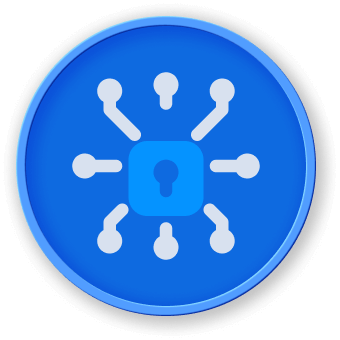Learn Cybersecurity from the ground up with a comprehensive learning path designed for beginners. This structured roadmap features hands-on Cybersecurity Courses covering fundamentals, network security, cryptography, and ethical hacking. Acquire practical, real-world skills through interactive exercises in a secure playground environment.
POWERED BY
LABEX.IOTABLE OF CONTENTS
[ SECTIONS: 1 • COMMANDS: 1 ]
1. TOOLS1 items
1.
TOOLS
Nmap is a widely used open-source utility for network discovery and security auditing. This group covers various aspects of Nmap, including installation, basic usage, scanning techniques, output formats, performance optimization, and advanced features.
•
John the Ripper is an Open Source password security auditing and password recovery tool available for many operating systems.
